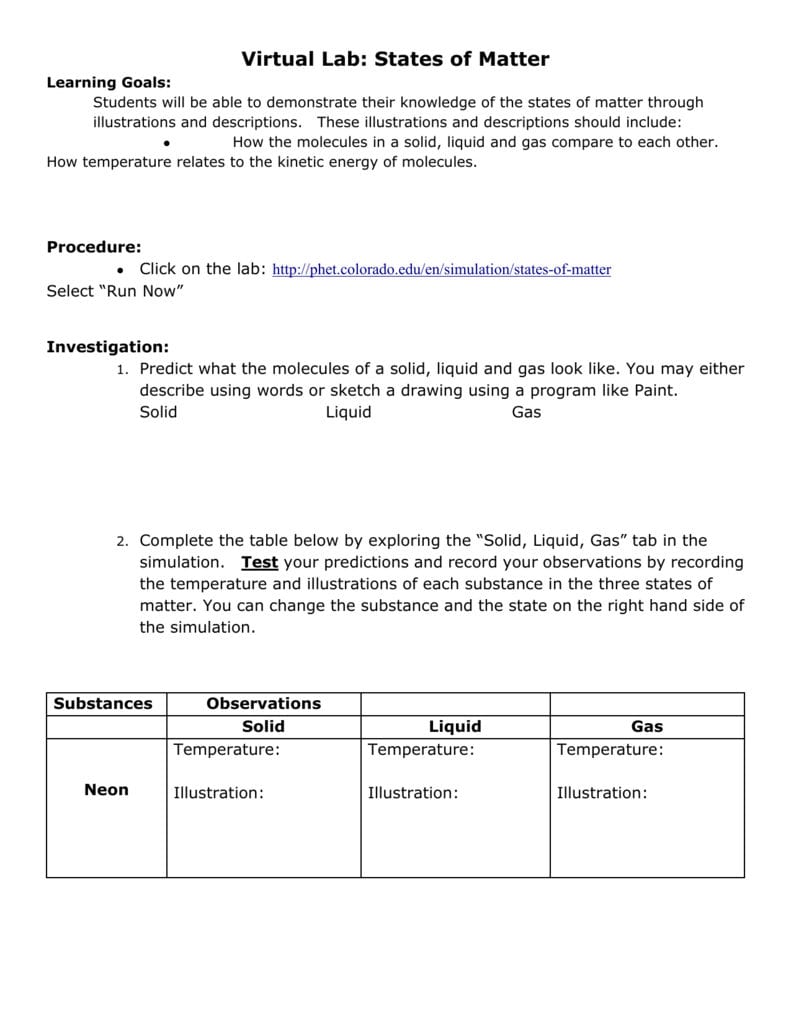
Since room temperature is warmer than the temperature of the ice, energy is transferred from the surface and the air to the ice. The ice melts faster on the aluminum because it is a better thermal conductor than the plastic.Īsk students: Where do you think the energy came from to melt the ice? The energy comes from the air and from the surface that the ice is placed on, both of which are at room temperature. In this video, ice is placed on two similar-looking black surfaces-one aluminum and the other plastic. Show students the video Ice Melting on Different Surfaces. Engage Have students watch a small piece of ice melting.Make sure you and your students wear properly fitting goggles. The activity sheet will serve as the “Evaluate” component of each 5-E lesson plan.

Evaluationĭownload the student activity sheet, and distribute one per student when specified in the activity. Students will also be able to explain how the arrangement of water molecules is different from most other substances when it changes state from a solid to a liquid. Students will be able to explain on the molecular level the process of heat transfer and molecular motion that causes a solid to melt to form a liquid. They will also investigate sublimation of dry ice through a teacher demonstration, or video if dry ice is not readily available.

Students will see and discuss an animation of ice melting and compare the state changes of water to the state changes of other substances.

Students will explain the energy transfer and molecular motion which cause the change in state from a solid to a liquid. Students will see a small piece of ice melt on an aluminum surface. Melting occurs when the molecules of a solid speed up enough that the motion overcomes the attractions so that the molecules can move past each other as a liquid.Melting is a process that causes a substance to change from a solid to a liquid.


 0 kommentar(er)
0 kommentar(er)
